For generations, popular culture has depicted dinosaurs in muted colors—typically shades of green, brown, and gray. These representations, seen in everything from children’s books to blockbuster movies, reflected our limited understanding of dinosaur appearance. However, recent scientific discoveries have dramatically changed our perception of these prehistoric creatures. Paleontologists now have compelling evidence suggesting that many dinosaurs may have been as vibrantly colored as their modern descendants—birds. This revelation has transformed how we visualize life in the Mesozoic Era and deepened our understanding of dinosaur biology, behavior, and evolution.
The Bird-Dinosaur Connection

Birds are not merely related to dinosaurs—they are dinosaurs, specifically descended from a group of two-legged theropods that included Velociraptor and Tyrannosaurus rex. This evolutionary relationship, once controversial, is now firmly established through multiple lines of evidence including skeletal similarities, shared behavioral traits, and genetic connections. The discovery of numerous feathered dinosaur fossils in China’s Liaoning Province beginning in the 1990s eliminated any remaining doubt about this connection. By understanding modern birds as living dinosaurs, scientists gained a crucial window into dinosaur appearance, including the tantalizing possibility that prehistoric dinosaurs shared the vivid coloration of their modern avian descendants.
Breakthrough in Fossil Color Detection

For most of paleontology’s history, scientists believed that determining dinosaur coloration was impossible. Conventional wisdom held that only hard parts like bones and teeth could fossilize, while information about soft tissues and coloration was lost forever. This assumption was shattered in 2008 when researchers identified microscopic structures called melanosomes in fossilized feathers. Melanosomes are cellular organelles that contain melanin pigments and create colors in modern animals. Their shape and arrangement indicate different colors—rod-shaped melanosomes typically produce black or gray colors, while spherical ones create reddish-brown hues. This groundbreaking discovery provided the first scientific method for determining the actual colors of extinct dinosaurs, revolutionizing our understanding of these ancient creatures.
Microraptor: The Iridescent Dinosaur

One of the most striking discoveries in dinosaur coloration came from analyzing Microraptor, a crow-sized, four-winged dinosaur that lived about 120 million years ago. By examining the melanosomes in its fossilized feathers, researchers determined that Microraptor possessed an iridescent plumage that would have shimmered with a glossy blue-black appearance, similar to modern crows and grackles. This discovery, published in 2012, provided the first evidence of iridescence in dinosaurs. The finding was particularly significant because iridescent coloration in modern birds often serves display functions related to mate attraction, suggesting similar behaviors may have existed in these ancient theropods. Microraptor’s sleek, shiny appearance dramatically contradicted traditional depictions of dull-colored dinosaurs.
Sinosauropteryx: The Orange-Striped Theropod

Sinosauropteryx, a small theropod dinosaur from Early Cretaceous China, provided another breakthrough in our understanding of dinosaur coloration. Analysis of its exceptionally preserved fossils revealed this dinosaur had a reddish-orange and white striped tail, making it the first non-avian dinosaur whose color patterns were scientifically determined. The discovery, published in 2010, demonstrated that even 125 million years ago, dinosaurs displayed distinct color patterns that likely served important biological functions. Scientists believe Sinosauropteryx’s contrasting bands may have played a role in species recognition, mate selection, or possibly even camouflage in certain environments. This finding firmly established that at least some dinosaurs were not uniformly colored but displayed complex patterns similar to many modern birds.
Anchiornis: The Red-Crested Forest Dweller

Perhaps the most completely color-mapped dinosaur is Anchiornis huxleyi, a small, four-winged dinosaur from Late Jurassic China. Through detailed analysis of melanosomes across its entire body, scientists reconstructed its appearance as having a gray body, black and white patterned wings reminiscent of a modern magpie, and a striking reddish-orange crest on its head. This comprehensive color reconstruction, published in 2010, presented the first head-to-tail visualization of a dinosaur based on actual physical evidence rather than artistic speculation. The complex patterning of Anchiornis suggests that even by 160 million years ago, dinosaurs had developed elaborate coloration serving various biological functions. This discovery particularly highlighted the likelihood that colorful displays played important roles in dinosaur courtship rituals, similar to many birds today.
Psittacosaurus: The Countershaded Dinosaur

In 2016, researchers announced they had determined the coloration pattern of Psittacosaurus, a small horned dinosaur related to Triceratops. Using advanced imaging techniques on an exceptionally preserved specimen, they discovered this dinosaur exhibited a pattern called countershading—darker on top and lighter underneath. This color arrangement, common in many modern animals, helps disguise the three-dimensional shape of the body when viewed from a distance, providing camouflage from predators or prey. Most interestingly, the specific pattern of Psittacosaurus’s countershading suggested it lived in forested environments rather than open plains. This discovery demonstrated that dinosaur coloration wasn’t just for show—it served crucial survival functions and adapted to specific ecological niches, much like coloration in modern birds and other animals.
The Function of Dinosaur Colors

Just as in modern birds, dinosaur colors likely served multiple important biological functions beyond mere aesthetics. Camouflage would have been critical for both predators stalking prey and potential victims avoiding detection. Social signaling through bright colors or distinctive patterns would have helped dinosaurs recognize members of their own species, establish dominance hierarchies, or attract mates during breeding seasons. Thermoregulation represents another important function, as darker colors absorb more heat while lighter colors reflect it, potentially helping dinosaurs maintain optimal body temperatures. Additionally, warning coloration may have advertised toxicity or unpalatability to potential predators, similar to the bright patterns of poison dart frogs today. The complexity of color patterns discovered in dinosaur fossils suggests that these creatures used visual display for similarly sophisticated purposes as modern animals.
Limits of Our Knowledge
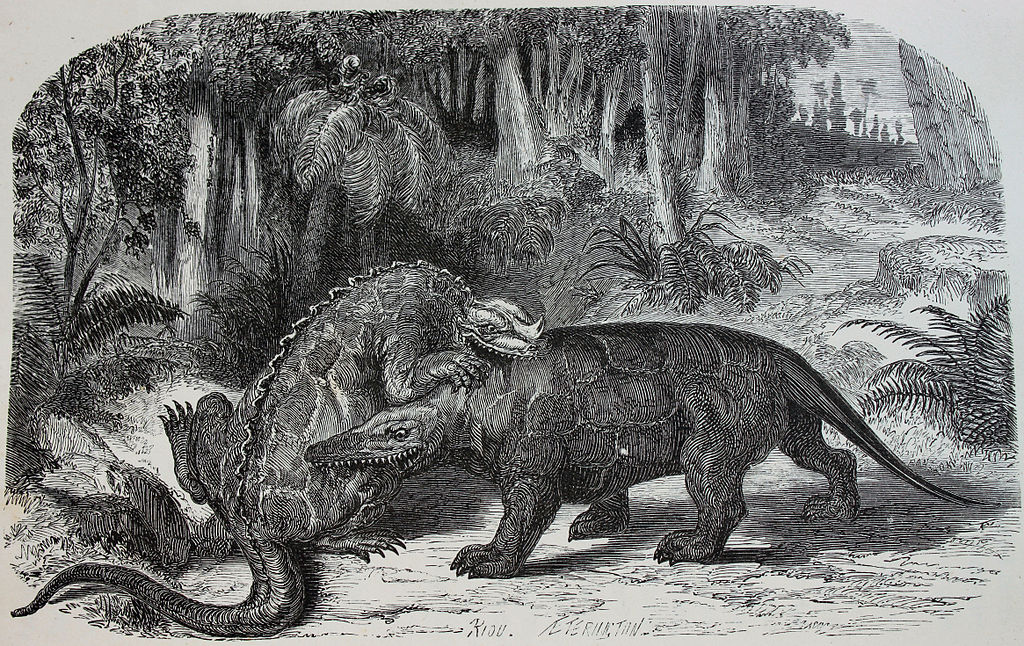
Despite remarkable advances in determining dinosaur coloration, significant limitations remain in our understanding. The preservation of melanosomes requires exceptional fossilization conditions that occur only rarely, meaning we have color information for just a tiny fraction of known dinosaur species. Furthermore, melanin pigments represent only one component of coloration in modern animals, which also use structural colors and carotenoid pigments that rarely preserve in fossils. Another challenge involves the potential degradation or alteration of melanosomes during the fossilization process, which could lead to misinterpretation of original colors. Additionally, scientists must be cautious about extrapolating from small fossil samples to entire populations, as individual variation certainly existed. Despite these constraints, each new discovery continues to expand our understanding of dinosaur appearance.
Dinosaurs and Sexual Selection
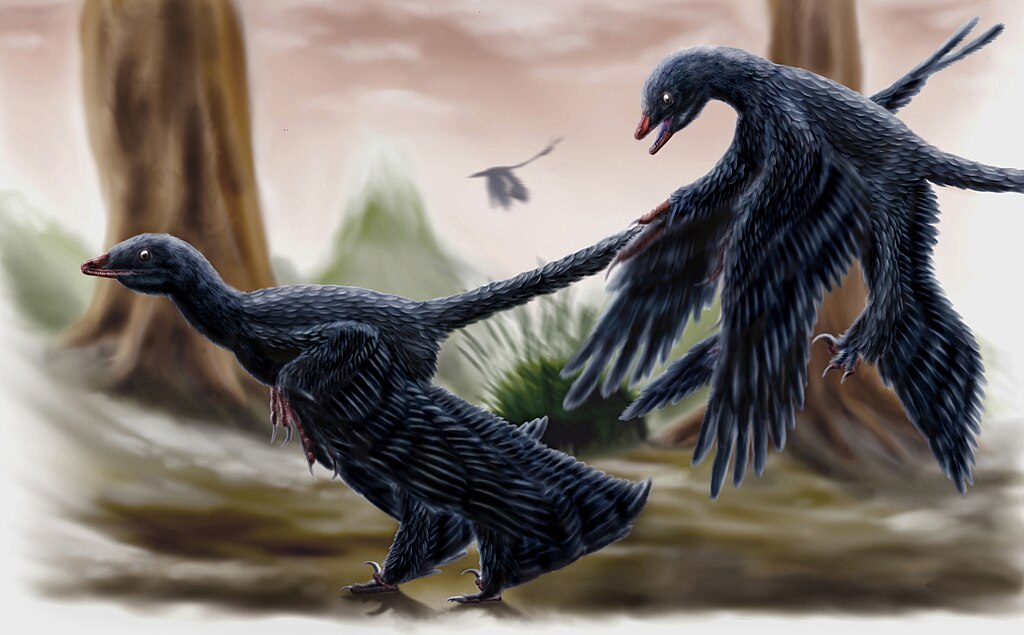
The discovery of elaborate color patterns in dinosaurs has significant implications for understanding their mating behaviors and social structures. In many modern birds, bright colors and distinctive patterns play crucial roles in sexual selection—the process by which certain individuals are chosen as mates based on desirable characteristics. Male peacocks with their spectacular tail displays represent perhaps the most famous example of this phenomenon. Evidence of similar colorful features in dinosaurs suggests that sexual selection was likely an important evolutionary force millions of years before birds as we know them evolved. The flamboyant crest of Anchiornis, the iridescent feathers of Microraptor, and other discovered color features may have evolved primarily to attract mates, indicating complex social behaviors among these prehistoric animals.
Beyond Feathered Dinosaurs
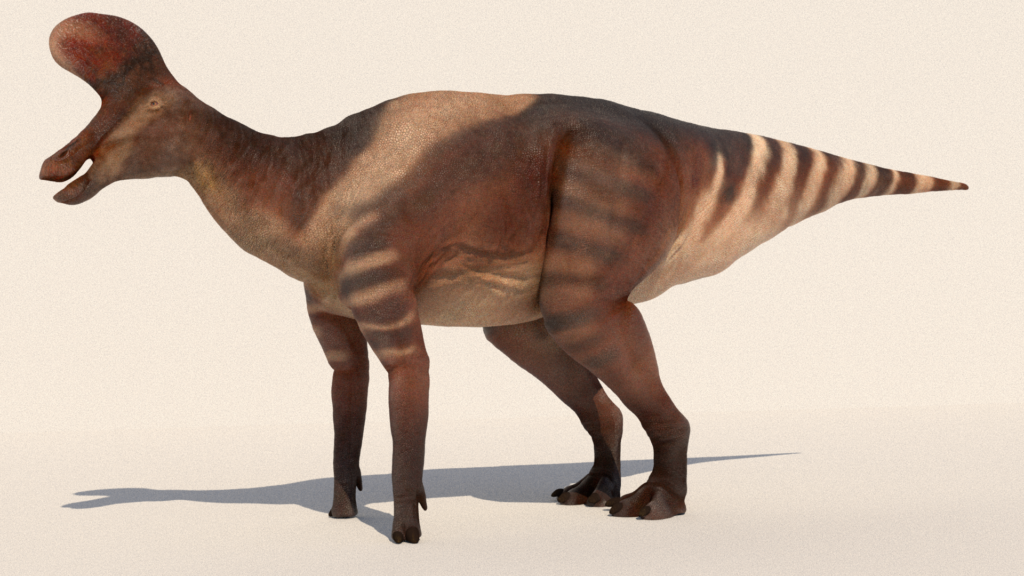
While our most detailed understanding of dinosaur coloration comes from feathered species closely related to birds, evidence suggests that other dinosaur groups may have been colorful as well. Some studies have identified potential melanosomes in the fossilized skin of non-feathered dinosaurs, though these findings remain more preliminary. Other lines of evidence come from modern reptiles like crocodilians and lizards, many of which display vibrant colors despite being more distantly related to birds than other dinosaurs were. The elaborate frills, crests, horns, and plates of many dinosaurs like Triceratops, Parasaurolophus, and Stegosaurus almost certainly featured distinctive colors or patterns that enhanced their visibility and impact as display structures. While we may never know the exact appearance of many dinosaur species, the evidence increasingly suggests colorful diversity across the dinosaur family tree.
Reconstructing the Prehistoric Palette
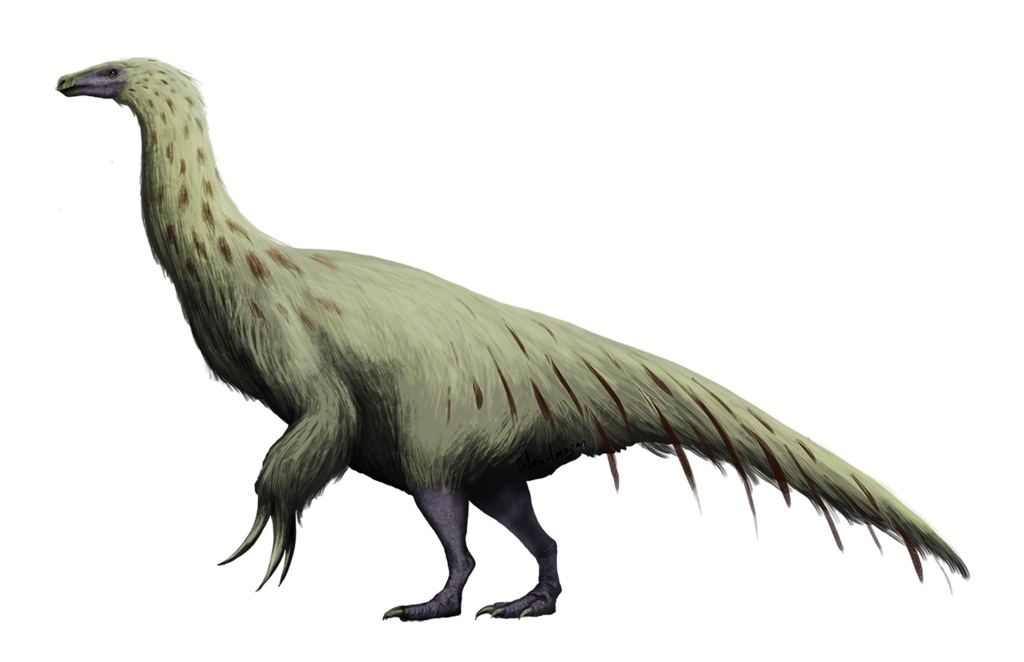
Creating accurate visual reconstructions of dinosaurs represents a significant challenge requiring collaboration between paleontologists, evolutionary biologists, and paleo-artists. The process begins with skeletal remains, establishing body shape, size, and proportions. When preserved, skin impressions provide details about texture and surface features. For species where melanosomes have been identified, scientists can determine specific colors for those body parts. For other areas or species lacking direct color evidence, researchers apply phylogenetic bracketing—inferring likely characteristics based on related species both ancestral and descended. Environmental considerations also influence reconstructions, as coloration often evolves in response to habitat. Finally, observations of modern birds and reptiles guide expectations about pattern distribution and biological functions. This multidisciplinary approach has transformed dinosaur depictions from speculative artwork to increasingly evidence-based visualizations.
The Future of Dinosaur Color Research

The field of dinosaur color research continues to advance rapidly, with new technologies offering promising avenues for discovery. Synchrotron radiation techniques, which use high-energy X-rays, can detect trace elements and chemical bonds associated with different pigments, potentially revealing colors that melanosomes alone cannot identify. Advanced microscopy methods continue to improve, allowing researchers to examine fossil structures at increasingly detailed levels. Expanding sampling across more diverse dinosaur groups and time periods will provide a more comprehensive understanding of coloration throughout dinosaur evolution. Additionally, refined understanding of taphonomy—the processes that occur during fossilization—will help scientists better interpret preserved evidence and account for potential alterations. As these methods develop and more exceptionally preserved specimens are discovered, our picture of dinosaur coloration will become increasingly detailed and accurate.
Implications for Dinosaur Depictions in Media

Scientific discoveries about dinosaur coloration have begun to transform how these animals are depicted in documentaries, films, museum exhibits, and other media. The 2013 documentary “Walking with Dinosaurs 3D” incorporated some of the latest color findings, showing Anchiornis with its scientifically determined color pattern. Museums worldwide have updated their dinosaur exhibits to reflect current knowledge, replacing monochromatic models with more vibrant reconstructions based on fossil evidence. Even major film franchises have started incorporating feathers and more diverse coloration, though often still prioritizing dramatic appearance over strict scientific accuracy. These evolving depictions not only educate the public about current research but also help transform our cultural imagination of prehistoric life. As science continues to unveil the actual appearance of dinosaurs, the gap between popular perception and scientific understanding gradually narrows.
Conclusion: Reimagining the Age of Dinosaurs
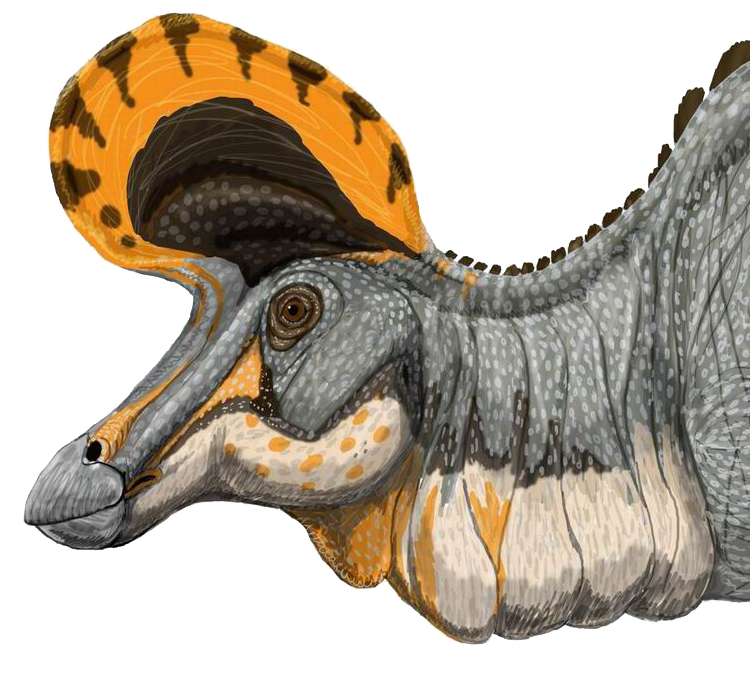
The evidence increasingly suggests that the world of dinosaurs was far more colorful and visually complex than traditionally depicted. From the iridescent feathers of Microraptor to the striped tail of Sinosauropteryx and the countershaded body of Psittacosaurus, each new discovery reveals dinosaurs that used color for camouflage, communication, mate attraction, and species recognition—just as modern birds do. While our knowledge remains limited to a small fraction of dinosaur species, the patterns emerging from available evidence strongly indicate that vibrant colors and distinctive patterns were widespread among dinosaurs, particularly those most closely related to birds. This understanding transforms our mental image of prehistoric landscapes from muted, monotone scenes to vibrant ecosystems filled with visually striking creatures. The colorful world of dinosaurs reminds us that the past was not a drab prelude to the present, but a vivid period with its own remarkable diversity and complexity.



